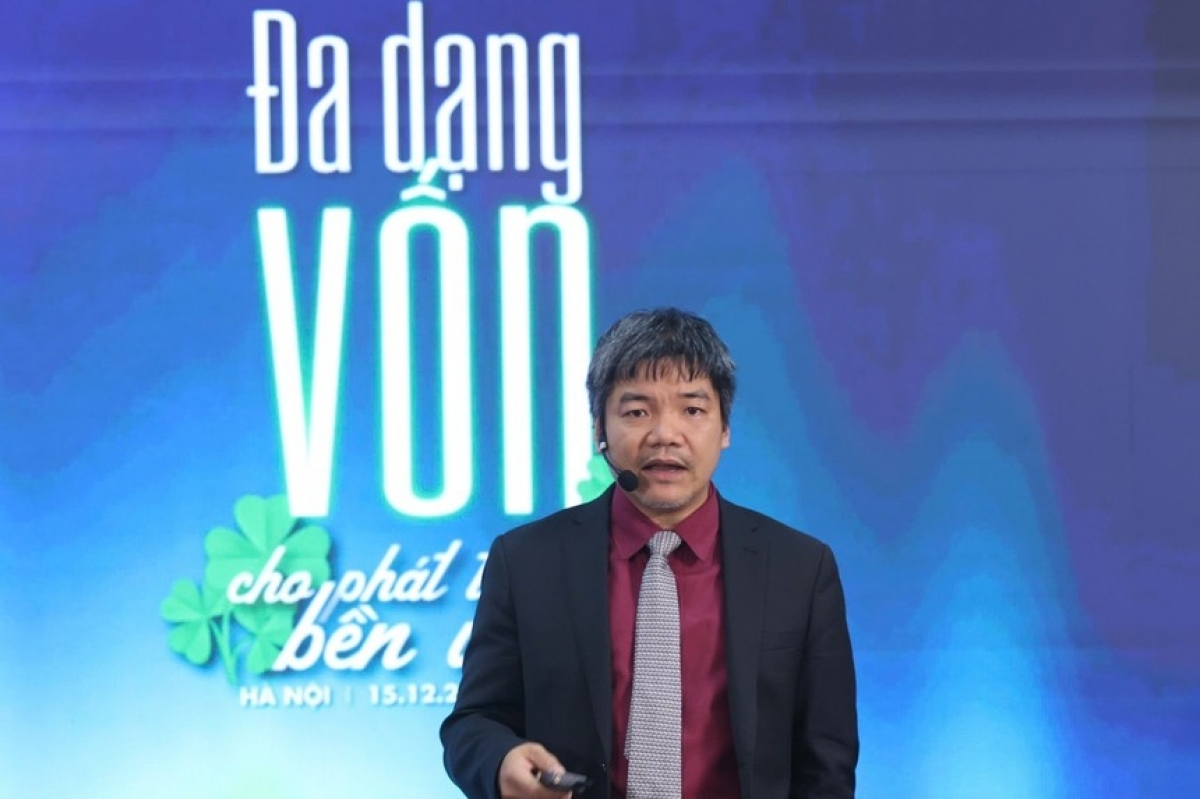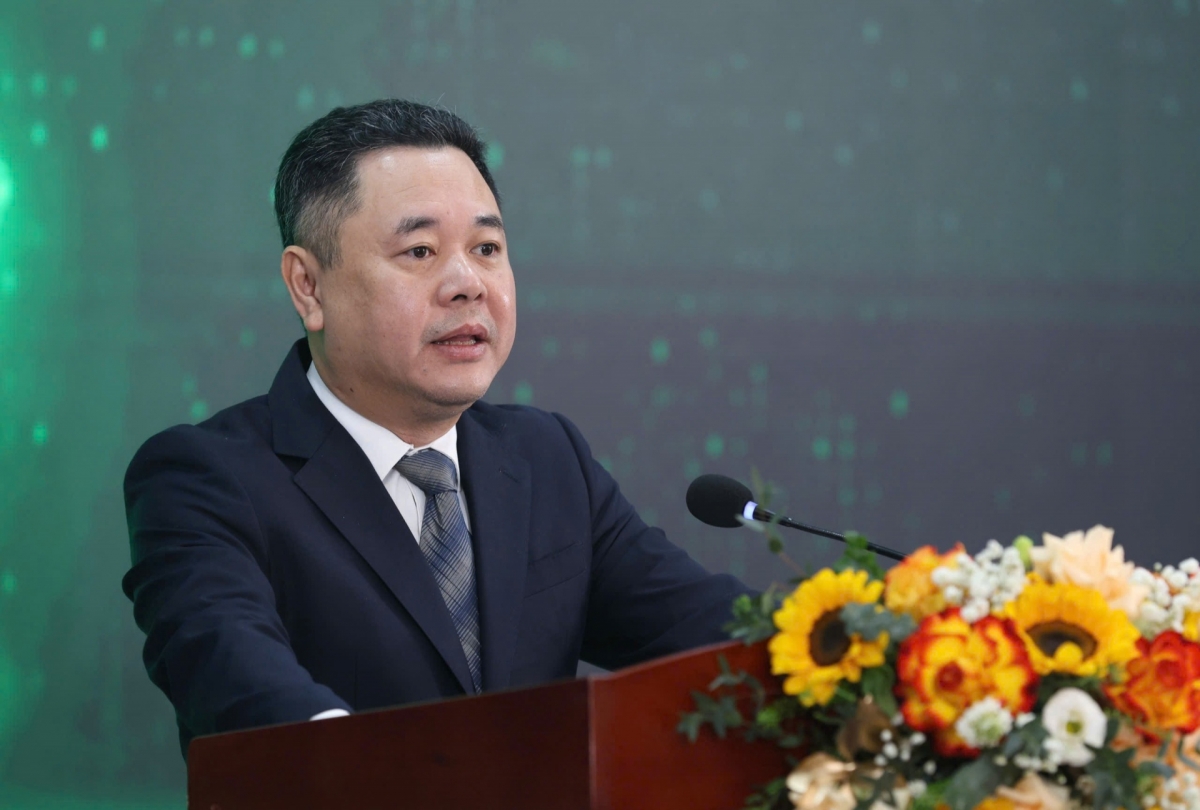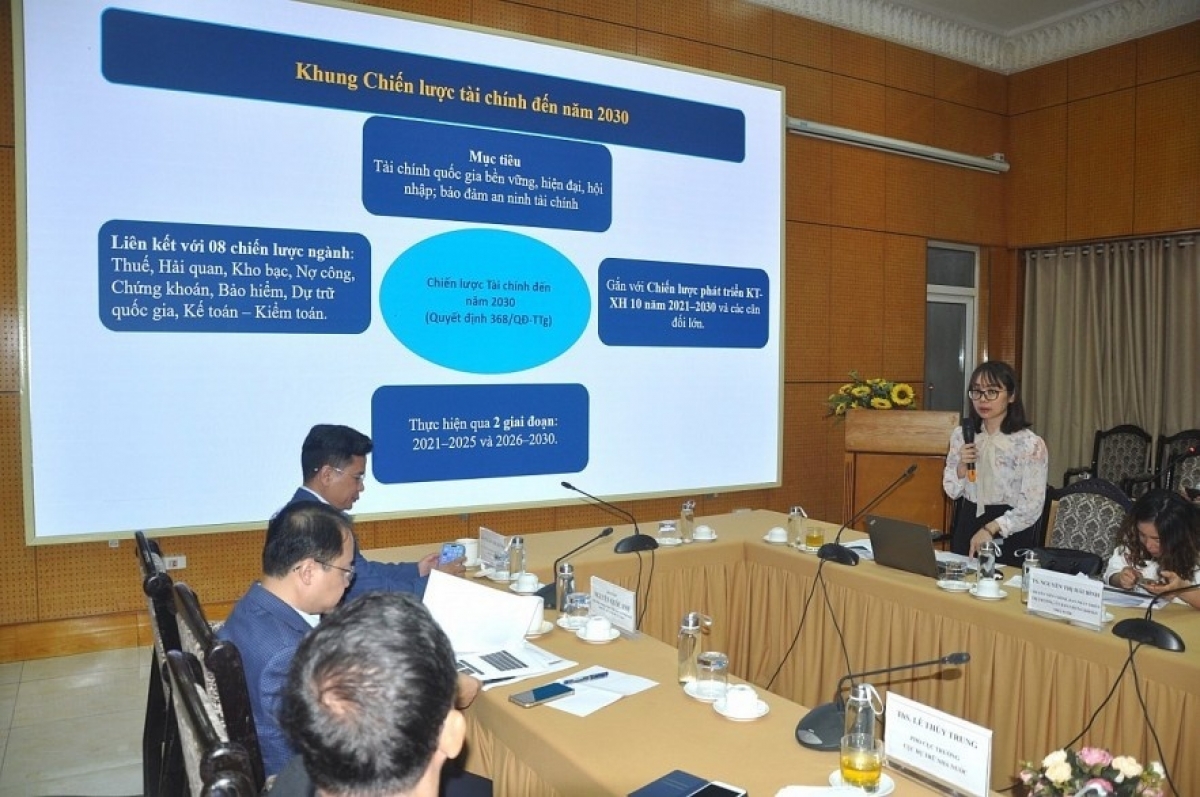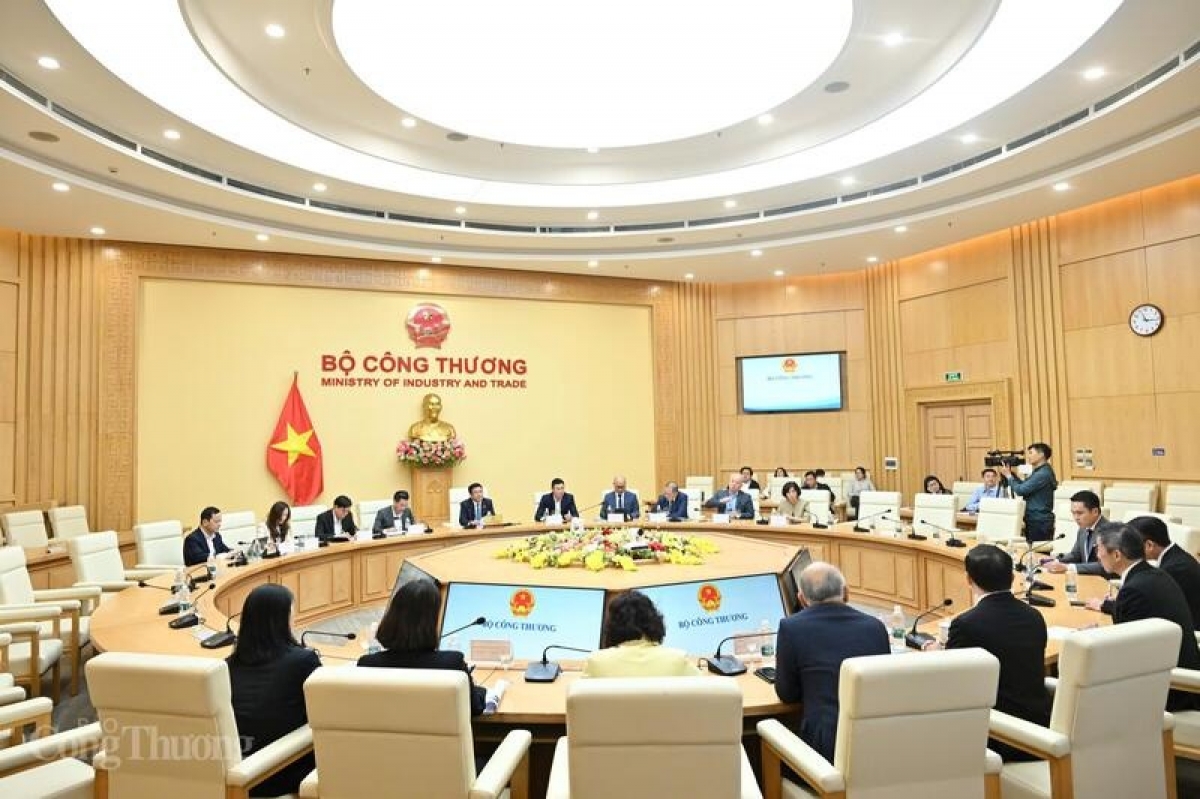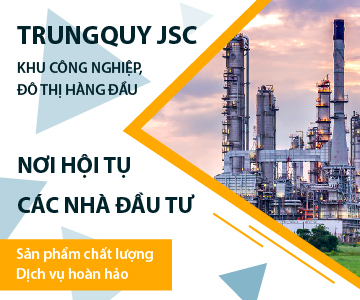INTERNATIONAL INVESTMENT
AND PORTAL
AI and generative AI have the potential to transform how strategists work by strengthening and accelerating activities such as analysis and insight generation while mitigating challenges posed by human biases and the social side of strategy. Building on the recent explosion in data and earlier AI advances that produced dramatic improvements in forecasting accuracy, the latest tools are making deriving insights much easier and cheaper.
 How AI transforms leader strategies, Photo: Shutterstock
How AI transforms leader strategies, Photo: Shutterstock
The impact we are seeing in client organisations and in our own work as strategists leads us to view this moment as a new inflection point in strategy design – potentially on par with the creation of core strategic frameworks in the 1970s and 1980s.
While AI won’t change the need for leaders to demonstrate strategic courage by committing to big moves, we expect that the technology will, in time, enhance every phase of strategy development, from design through mobilisation and execution. But that’s just the beginning: strategy requires mobilising the organisation, ensuring the right allocation of resources, and monitoring execution. In all these tasks, AI can play a role.
Human judgment remains essential to crafting the strategic vision, which combines the organisation’s ambition with a view of how to realise it. However, AI can accelerate and bring greater rigour to the work of strategy teams. Even in these early days, we see five roles for AI: researcher, interpreter, thought partner, simulator, and communicator. Each of these roles can come into play at various steps across the different phases of strategy development.
Strategists spend significant time gathering and enriching data from numerous sources. AI’s ability to summarise and create meaningful connections across all data sets can significantly enhance these efforts. For example, an AI-powered engine that identifies potential merger and acquisition targets can pinpoint under-the-radar assets that fit a company’s strategic thesis, enhancing what today is often a serendipitous process relying on executives’ and their intermediaries’ market knowledge.
To turn data analytics into useful insights, strategists need to interpret how the findings can advance their goals. For example, a search for growth opportunities often entails looking into adjacencies. Those expansion ideas can come from many places, such as reviews of competitors’ moves or a deep understanding of customers’ emerging needs.
AI can also serve as a brainstorming partner, speeding up idea generation and countering business leaders’ potential biases or blind spots. GenAI in particular can help strategists avoid common pitfalls by assessing their plans against established frameworks. For example, a team can pressure test a strategy – both before and during its execution – by leveraging GenAI to play a challenger role to highlight potential hidden pitfalls or management blind spots.
Before committing to a strategic course, strategists consider the impact of multiple market scenarios based on macroeconomic conditions, potential competitor moves, and stakeholder reactions, among other factors. AI can make this scenario analysis much more rigorous through advanced modelling capabilities and tactical game and simulation applications.
A clear narrative of the strategic path and objective and their implications for the organisation and its stakeholders is essential to mobilising action. GenAI’s ability to summarise concepts in different formats has been among the technology’s most popular applications since ChatGPT was launched. Strategists can use GenAI tools to make their narratives more compelling to different audiences with different levels of expertise and in different formats.
Tools to get ahead
To see how these five applications can work in practice, consider the case of a Southeast Asian regional bank that wanted to expand to a new segment or geography. The strategy team used its AI model to analyse the business context and promising trends in the industry and region.
The tool generated interactive reports that allowed the strategists to fine-tune their follow-up research. Based on this work, the strategy team decided to focus on opportunities in the digital financial ecosystem and microcredit.
Next, the team asked AI to provide recommendations on the most promising adjacencies for growth investments. Based on an analysis of information from banks around the world, the tool created a graph of close and synergistic business segments.
To learn more about each segment, they asked AI relevant questions. The team also considered inorganic options such as partnerships and mergers. Based on an AI scan, they short-listed a few small and medium-size businesses with the technology the company needed to support its digital ambition.
Finally, as hypotheses solidified into concrete strategic options, AI helped the strategists simulate the resulting growth projections. Additionally, the tool utilised internal data, such as management reports on the bank’s earlier expansion into another country, to help management understand the strengths and weaknesses of their execution capabilities.
Numerous organisations have started building tools to make such scenarios a reality, with some developing proprietary AI agents to simulate reasoning or perform complex research tasks.
However, even those earlier in their AI journey can start exploring some of the roles that AI can play. As technology advances, strategists who build the skills to develop unique applications for AI models will gain a critical insights edge over competitors.
While the journey of the Southeast Asian bank is compelling, strategists should be mindful of several challenges in deploying AI. GenAI presents well-documented risks, ranging from model bias (historical training data can lead AI to overemphasise certain types of customers, for example) to reduced explainability (failure to offer a logical foundation for the analysis) and more.
The good news is that each of these pitfalls is being addressed. For example, AI can help police itself: a “critic agent” can check the work done by other AI applications and flag when the content might be incorrect or directly instruct a reworking of the task in question.
Considerations for leaders
Beyond these well-understood risks, GenAI presents five additional considerations for strategists. Firstly, it elevates the importance of access to proprietary data. GenAI is accelerating a long-term trend: the democratisation of insights. It has never been easier to leverage off the-shelf tools to rapidly generate insights that are the building blocks of any strategy.
Secondly, the proliferation of data and insights elevates the importance of separating signal from noise. This has long been a challenge, but GenAI compounds it. We believe that as the technology matures, it will be able to effectively pull out the signals that matter, but it is not there yet.
Thirdly, as the ease of insight generation grows, so does the value of executive-level synthesis. Business leaders cannot operate effectively if they are buried in data, even if that data is nothing but signal. As with GenAI’s growing ability to separate signal from noise, the technology is getting better at synthesis, but in the near term, strategy leaders need to own that task.
Fourthly, AI reinforces the importance of the processes that organisations follow to develop their strategies. Our research shows that the quality of the process is far more important to strategies’ success than the quality of insights. High-quality processes include, but are not limited to, the development and examination of strategic alternatives, properly accounting for uncertainty, pushing to make bold commitments, and, most importantly, taking steps to remove bias from decisions.
Finally, to successfully leverage GenAI, the strategy function needs to invest in technology for creating and accessing ecosystems of proprietary data sources. The ecosystem approach removes the need for companies to internally generate or own the full gamut of proprietary data. Instead, they build networks of sources that they can seamlessly tap into using technology.
So where do you begin? We recommend three near-term steps. First, the strategist of tomorrow needs to understand how AI works. Those who gain this expertise will be able to contribute to creating the tools their work requires, such as running complex simulations on how markets and competitive landscapes will evolve.
Secondly, AI is here to stay, and finding the right way to apply it to strategy development is essential. Strategy teams should familiarise themselves with the possibilities AI offers, from helping in their research and insight generation to identifying potential risks.
Finally, even with state-of-the-art capabilities, AI models will be limited to interpreting existing data – they cannot generate new signals.
For example, AI won’t replace the insights from ethnographic research or the direct input from customers. Indeed, such proprietary information will become even more critical to generating unique insights as external data grows more affordable and accessible to all market participants.
AI can’t, and we believe won’t, replace human logic and interpretation in a complex domain, such as strategy. However, the technology can provide faster, more objective answers that can significantly augment our decision prowess. By making the strategy development process more efficient while allowing the space for creativity and breakthrough ideas that help leaders define the consequent bold moves, AI can deliver the competitive edge needed to beat the market.
 Strong security culture is key for GenAI era
Strong security culture is key for GenAI era
As generative AI ushers in new capabilities that were unimaginable even a few years ago, businesses are quickly leveraging technology advancements to delight customers and capture new market share. Eric Yeo Country general manager at AWS Vietnam, shares his insight.
 Tech enterprises latch onto GenAI popularity
Tech enterprises latch onto GenAI popularity
Vietnamese tech firms are tapping into generative AI to develop tailored solutions for the domestic market while pursuing long-term growth opportunities.
 Growth beckons for GenAI startups in Vietnam
Growth beckons for GenAI startups in Vietnam
With specialised technology solutions, Vietnamese startups are attracting increasing interest amid Southeast Asia’s generative AI growth wave.
